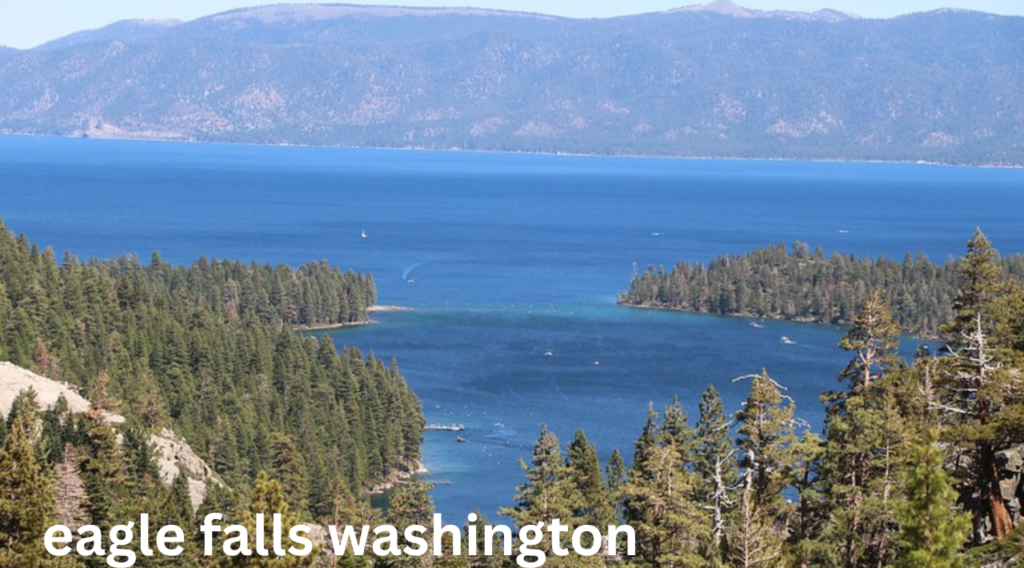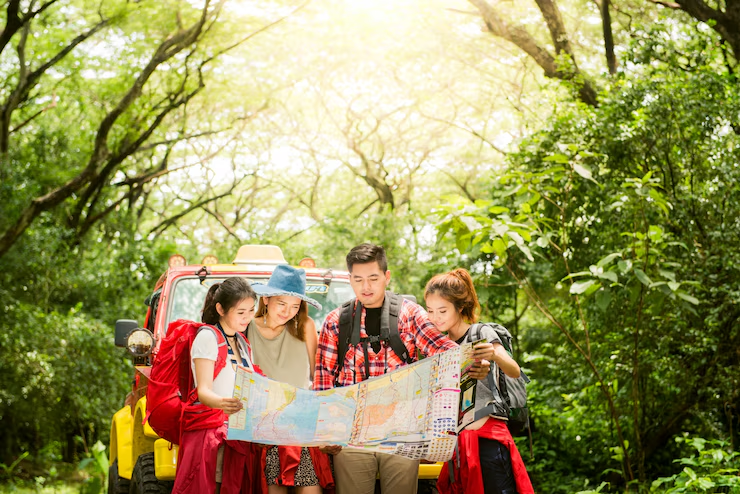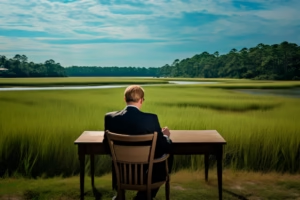Discovering Eagle falls washington A Hidden Gem in the Pacific Northwest
Tucked away in the lush wilderness of Washington State lies Eagle Falls, a breathtaking natural cascade that has quietly earned a cult eagle falls washington, nature lovers, and weekend wanderers. Located along the scenic Highway 2 corridor, this waterfall offers visitors a slice of untamed beauty, characterized by thunderous waters, mossy cliffs, and tranquil pools. Unlike some of the more commercialized natural attractions in the Pacific Northwest, Eagle Falls retains its raw, untouched allure—a testament to the region’s wild spirit.
In recent years, Eagle Falls has grown in popularity due to its proximity to Seattle and Instagram-worthy scenery. Yet, despite eagle falls washington, it remains a peaceful and awe-inspiring destination, especially for those who seek to connect with nature without venturing too far off the grid. The waterfall is not only photogenic but also symbolic of the Pacific Northwest’s rugged charm—a blend of evergreen forests, rocky terrain, and rushing waters that define the landscape.
This guide dives deep eagle falls washington need to know about Eagle Falls—from how to get there and what to expect, to safety tips, hiking routes, and local attractions. Whether you’re planning a quick road trip or a full-day adventure, Eagle Falls is a spot worth adding to your outdoor bucket list.
Where Is Eagle Falls? Geography, Location & Access

Eagle Falls is nestled along U.S. Route 2, just past the small mountain town of Skykomish, in Snohomish County, Washington. This eagle falls washington about 90 minutes northeast of Seattle, making it a popular day-trip destination for city dwellers looking to escape the hustle. The falls are located near mile marker 38, and visitors often park along the shoulder of the highway or at nearby pullouts. While parking is free, spots can fill quickly, especially on weekends and during summer.
Reaching the falls from Seattle is relatively straightforward. Take I-5 North to WA-522 East, then merge onto US-2 East and follow the winding scenic route into the Cascade foothills. The highway drive itself is an experience—dotted with charming towns, alpine views, and opportunities for roadside stops. Once parked, the walk to Eagle Falls is short and does not require a formal hike. However, you’ll need to scramble down rocky paths, so proper footwear and caution are essential.
The falls are eagle falls washington, but the best time to visit is late spring through early autumn, when water levels are manageable and the surrounding foliage is at its most vibrant. Winter visits can be risky due to icy conditions, and snow may limit accessibility. Cell service in the area is spotty at best, so it’s wise to download maps in advance or bring a GPS device.
The Beauty of the Falls: What to Expect
Eagle Falls is not the tallest or widest waterfall in Washington, but it is arguably one of the most picturesque. The waterfall tumbles over a rugged cliff into a clear, emerald-colored pool below, surrounded by dense forests and moss-draped boulders. The main drop is about 25 to 30 feet, creating a powerful yet soothing cascade that’s both invigorating and meditative.
Visitors are often struck by the vivid contrast of textures and colors: dark basalt rock formations line the falls, while surrounding evergreens frame the scene in rich shades of green. Mist from the falls adds a mystical touch, especially when it catches the sunlight. It’s an ideal location for photographers, nature enthusiasts, and those simply looking to unplug and immerse themselves in the sights and sounds of wild Washington.
One of the key attractions at Eagle Falls is the natural swimming hole at the base. During the warmer months, the pool becomes a popular place for wading or cooling off—though caution is essential due to slippery rocks and unpredictable currents. Rock formations around the pool offer perfect picnic spots, and some adventurous visitors find joy in exploring the nearby riverbanks.
The entire area has a raw, untouched feel that draws visitors back year after year. Unlike curated parks or managed nature trails, Eagle Falls offers a refreshing sense of freedom and wildness, making every visit feel like a new adventure.
Hiking Trails & Outdoor Activitie
While Eagle Falls itself doesn’t require an extended hike to access, the surrounding area offers numerous trails and activities that make the trip even more rewarding. Just a short drive east, you’ll find Deception Falls, another scenic cascade with family-friendly walking paths and interpretive signs about the local ecosystem. Nearby Skykomish River provides opportunities for fishing, kayaking, and tubing, adding variety to your outdoor itinerary.
Many visitors combine a stop at Eagle Falls with hikes in Mount Baker-Snoqualmie National Forest, which offers trails of varying difficulty. Some favorites include Beckler Peak, a moderate 7.5-mile round trip with panoramic views, and Lake Serene Trail, a challenging yet rewarding hike that culminates at a pristine alpine lake beneath Bridal Veil Falls.
Eagle Falls also attracts adrenaline seekers interested in cliff diving or scrambling, though such activities come with serious risks and are strongly discouraged by local authorities. There have been accidents in the past, prompting increased safety signage and warnings. Visitors are urged to avoid jumping into unknown waters and to respect both the natural environment and posted regulations.
For those looking for a less intense outdoor experience, simply relaxing by the river with a book or camera can be equally fulfilling. The ambient sounds of rushing water, chirping birds, and rustling trees make Eagle Falls a perfect place for mindful relaxation or peaceful meditation.
Safety Tips & Environmental Concerns
Eagle Falls may look serene, but it has a reputation for hidden hazards. Slippery rocks, strong undercurrents, and sudden elevation changes have caused several injuries and even fatalities over the years. One of the most dangerous activities here is cliff jumping, which, while tempting, is not only illegal in many areas around the falls but also extremely risky. Water depth varies dramatically depending on the season, and submerged rocks are not always visible.
Visitors should wear sturdy footwear to navigate the uneven and often wet terrain. Flip-flops or sandals can lead to slips and falls. Bringing a first-aid kit, water, and snacks is advised, as is traveling with a buddy. Let someone know your plans if you’re heading out solo, since cell coverage is limited.
Environmental preservation is another key concern. The fragile ecosystem around Eagle Falls is threatened by littering, erosion, and off-trail exploration. Follow Leave No Trace principles: pack out all trash, stay on designated paths, and avoid disturbing wildlife. Graffiti and fire pits have unfortunately become more common, prompting calls for greater stewardship among visitors.
Recent years have seen increased patrols and signage from the U.S. Forest Service, along with volunteer cleanup efforts. If you love nature and want Eagle Falls to remain open and beautiful for generations to come, the best way to help is to visit responsibly.
Planning Your Trip: Nearby Attractions, Food & Lodging
A visit to Eagle Falls can easily be turned into a memorable day trip or weekend getaway. Along Highway 2, you’ll find a string of charming towns like Index, Gold Bar, and Skykomish, each offering its own blend of hospitality, history, and rustic charm. These towns are perfect for grabbing a bite, fueling up, or exploring local culture.
For dining, check out Zeke’s Drive-In in Gold Bar for burgers and shakes or The Cascadia Inn in Skykomish for a cozy sit-down meal. If you’re craving coffee or pastries, Espresso Chalet (famous for its Bigfoot statue) is a quirky and worthwhile stop nearby.
In terms of lodging, options range from riverside cabins to small motels and campgrounds. The Money Creek Campground offers a forested experience near the Skykomish River, ideal for those who want to extend their nature time. During peak seasons, it’s best to reserve your spot in advance.
Nearby attractions like Stevens Pass Ski Resort or Wallace Falls State Park make for excellent detours. Whether you’re in the mood for a snowy slope or a towering waterfall hike, the region offers enough to fill a weekend with outdoor adventures.
Conclusion
Eagle Falls is one of Washington’s best-kept secrets—a compact yet powerful waterfall that perfectly encapsulates the wild beauty of eagle falls washington. From its emerald pools and rugged terrain to its easy access and surrounding attractions, it offers a little something for every type of traveler. But with this natural beauty comes a responsibility: to tread lightly, explore safely, and protect the area for future generations.
Whether you’re chasing waterfalls, craving a quiet moment in the forest, or planning your next scenic road trip, Eagle Falls is a destination that will stay with you long after the mist fades from your skin. It’s not just a place to visit—it’s a place to remember.
FAQs
Q1: Is Eagle Falls suitable for beginners or families with kids?
Yes, the walk to Eagle Falls is short, but caution is needed due to uneven and slippery terrain.
Q2: Can you swim or cliff jump at Eagle Falls?
Swimming is possible in designated areas, but cliff jumping is dangerous and discouraged due to past fatalities.
Q3: Are there restroom facilities or picnic areas near Eagle Falls?
No public restrooms or official picnic spots are available. Come prepared.
Q4: Is there an entrance fee or permit required to visit?
No, Eagle Falls is free to access and does not require a permit.
Q5: What wildlife should visitors be aware of in the area?
Common wildlife includes birds, deer, and occasionally bears. Stay alert and follow standard precautions.
You May Also Read: https://networkinfonews.com/zvideo/














Post Comment